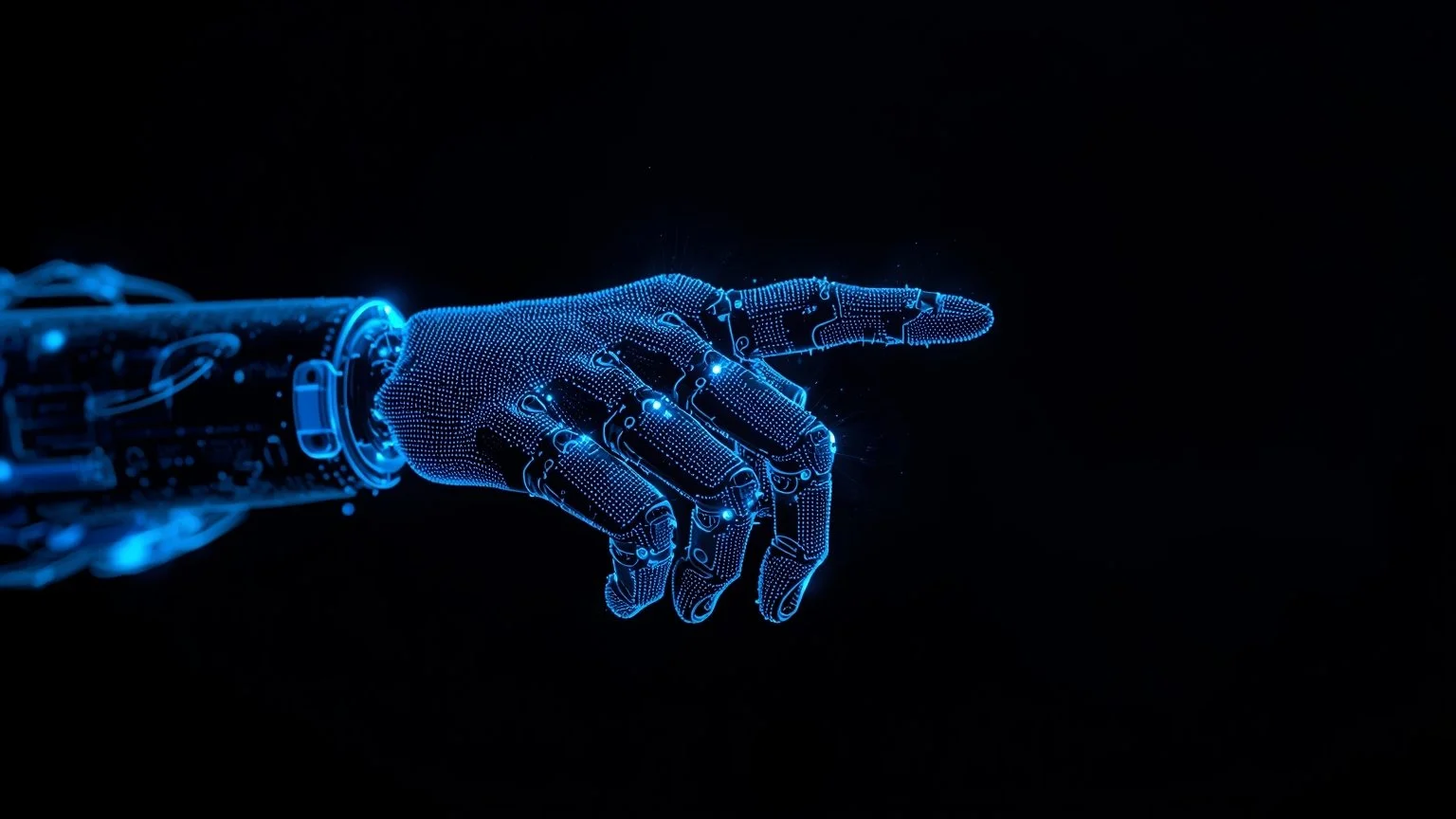A smart work transformation with RPA that redefines work
An unprecedented transformation in the workforce is happening thanks to the massive adoption of Robotic Process Automation (RPA), which is combined with cloud solutions and artificial intelligence. New possibilities are created for humans and bots to work together in hybrid teams, improving efficiency and focus.
Attention: a new paradigm for the labor market
The workflow automation market is projected to grow dramatically, with a predicted annual increase of 21% through 2035. The integration of RPA, AI and cloud deployment stands out as the main driver of operational advancement. Large enterprises and SMEs are reconfiguring their core procedures.
Focus: RPA empowers rather than replaces
The automation approach is no longer limited to replacing repetitive tasks. Today, automation solutions seek collaboration between bots and humans to manage variations and exceptions, enabling faster decisions and tasks that require judgment. This evolution drives greater efficiency and smarter process management.
Human-bot collaboration: intelligent bots combine with humans to manage exceptions, make decisions and execute complex tasks.
Integrated platforms and process mining: facilitate real-time monitoring and enable smoother collaboration between humans and systems.
Real-time supervision and governance: continuous monitoring provides traceability, performance and decision control throughout the workflow.
Tangible results: increased efficiency, error reduction, scalability in the face of change and improved responsiveness to operational variations.
Desire and Action: training talent for an automated future
The impact on the workforce demands an active response: the massive arrival of bots and automation is displacing operational tasks and redefining key competencies. To capitalize on this transition, companies must articulate training programs that integrate bot monitoring, process analytics and digital governance with strategic vision.
Hands-on training: designing upskilling and reskilling programs in RPA, model monitoring and human-in-the-loop through bootcamps, micro-credentials and mentoring.
Roles and reconversion: train profiles such as bot supervisors, process analysts and automation specialists to integrate them into mixed teams.
Governance and risk: establish digital governance frameworks, privacy policies, audits and KPIs to ensure compliance and transparency.
Corporate action and alliances: implement training roadmaps, collaborate with suppliers and universities, and measure impact with performance and retention indicators.
RPA has ceased to be an isolated tool and has become an element of a global transformation that reshapes work. The integration of artificial intelligence and cloud technology promises to strengthen the work of employees, not replace it. The immediate response to this labor revolution is to invest in talent, new skills and collaborative models.






